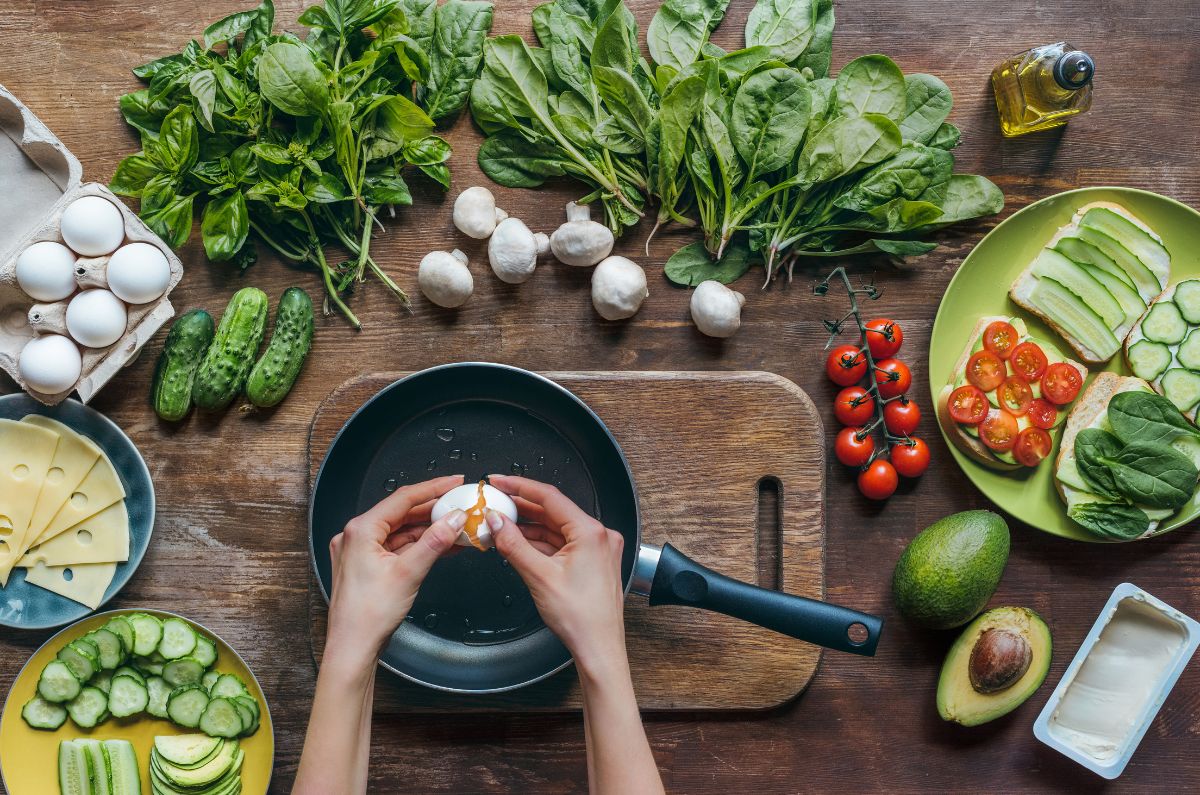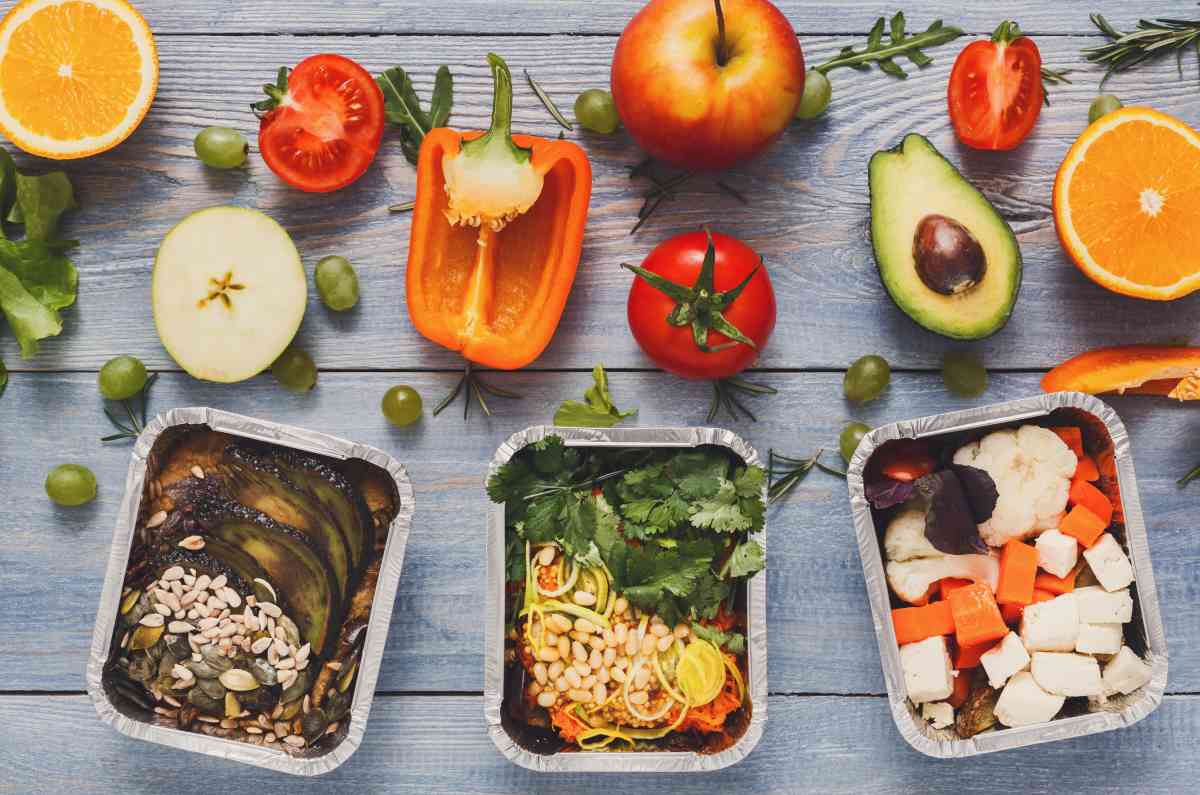Now that we’re well and truly into the swing of summer, we need to think about ways to stay safe, and keep cool but still have fun in the warmer weather.
Taking care of your skin in the sun – it’s a balancing act
We all know the ‘slip, slop, slap, seek, slide‘ message and the importance of protecting ourselves from the summer sun. After all, the sun’s ultraviolet radiation (UV) is the primary cause of skin cancer, and Australia has one of the highest rates of skin cancer in the world. But sun exposure is essential for bone health. Sunlight is our best source of vitamin D, which helps us absorb calcium for strong bones.
It’s important to expose your hands, face and arms to the sun every day. The amount of time you need to do this depends on where you live, the time of the year, and your skin’s complexion. Healthy Bones Australia has developed a chart to help you work this out.
It’s also important to be aware of the dangers of sun damage and how you can expose your skin to the sun safely. SunSmart has a free app to help you determine the safe times to expose your skin to the sun. You can find out more about the app and download it here
Sun sensitivity can affect people with various musculoskeletal conditions, including lupus and dermatomyositis. For people with sun sensitivity, sun exposure can cause rashes and lesions, flares or aggravation of their condition.
Medications can also cause the skin to be sensitive to sunlight, including some antibiotics, disease-modifying anti-rheumatic drugs (DMARDs) and some nonsteroidal anti-inflammatory drugs (NSAIDs). For more information about medications that can increase your risk in the sun, read this article from The Conversation.
If you have issues with sun sensitivity and limit your time in the sun, you may be deficient in vitamin D, as the main source of vitamin D is sunlight. Talk with your doctor if you think this is an issue for you, as you may need vitamin D supplements.
How to take care of your skin:
- Check daily UV levels by visiting the Bureau of Meteorology or the weather page in newspapers and online.
- Use the Vitamin D and bone health map to guide you about the amount of time it’s safe for you to expose your skin to the sun.
- Clothing, hats, sunscreen and shade are the best ways to protect your skin from UV light. You should use sunscreen with a sun protection factor (SPF) of 30 or higher on skin that can’t be covered by clothing. Choose your clothing carefully as not all fabric provides the same sun protection. To block more of the sun’s rays, choose clothing that has a thick, dark material with a tight weave. The Cancer Council has some useful information to help you know what to look for in sun-protective clothing.
- Keep a scarf or sun umbrella with you during the summer, just in case you’re out in the sun unexpectedly.
- Wear a hat that shades your whole face, neck, ears and head. Broad-brimmed hats with a brim of at least 7.5 cm provide excellent protection.
- Try to stay out of the sun between 10am and 2pm (or 11 am and 3 pm daylight saving time) when UV levels are at their highest. Avoid highly reflective surfaces such as sand or water.
Visit the Cancer Council website for more information on ways to protect your skin.
Staying active
One of the best ways to manage your musculoskeletal condition is to exercise regularly. But in the warmer weather, you need to consider the weather conditions. Your regular exercise program may not be appropriate for an Australian summer and may need to be adjusted. If you’re unsure where to start, talk with a physiotherapist or an exercise physiologist for information and support.
Some general tips for exercising safely in summer:
- Don’t eat before you exercise. Your body uses energy when it’s digesting food, creating more heat. That’s the last thing you want when you exercise, so give yourself plenty of time between eating a meal and exercising.
- Drink plenty of water – before, during and after exercise. You sweat more when it’s hot and when you’re exercising, so you need to replenish the fluids you lose.
- Wear loose-fitting, sun-protective clothing that allows you to move freely and for sweat to evaporate quickly.
- Change the time you exercise. Avoid the hottest part of the day, so exercise earlier or later in the day. Or, if that’s not an option, change the way you exercise on very hot days. Exercise indoors using apps, online videos or DVDs. Or visit your local pool or beach and exercise in the water.
- Recognise that there’ll be days when it’s not safe to exercise outdoors. And if you don’t have adequate cooling indoors, that applies to indoor exercise as well. Australia is a land of extreme temps, so on those really hot days, give yourself a break
Storing your medications in hot weather
You need to take special care with your medications in hot weather, and they need to be stored correctly in cool, dry places away from direct sunlight.
Avoid bathrooms, as they’re often humid and avoid cupboards above the stove or oven as they can get hot.
People on certain biologic medications may need to store medications below 8ºC, and you may need a cool bag to keep them at the correct temperature when bringing them home from the pharmacy or you’re travelling. Pharmaceutical companies will often provide special travel packs. Talk to your pharmacist for more information.
Preparing meals in summer and for special occasions
We tend to gather more regularly in the summer to enjoy good company, good food and good weather. However, this can cause stress, especially if it’s a big event or if you put pressure on yourself for everything to be ‘perfect’. And when the temps are high, as they often are in summer, this can add to your fatigue and discomfort.
Medical cooling concessions and rebates
These concessions provide a discount on summer electricity costs for concession cardholders who have specific medical conditions that affect the body’s ability to regulate temperature.
Visit your state/territory website to find out if you’re eligible for this concession:
- Australian Capital Territory (this is a sub-category of the Life Support Rebate)
- New South Wales
- Northern Territory
- Queensland
- South Australia
- Tasmania
- Victoria
- Western Australia
Call our free national helpline
Call our team if you have questions about managing your pain, musculoskeletal condition, treatment options, mental health issues, or accessing services. They’re available weekdays between 9am-5pm on 1800 263 265; email (helpline@muscha.org.au) or via Messenger.
More to explore













